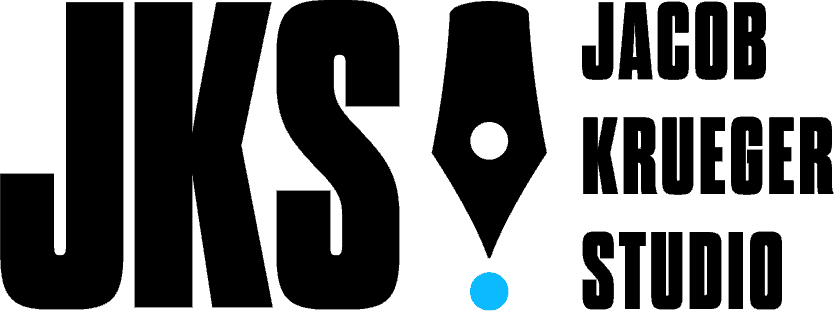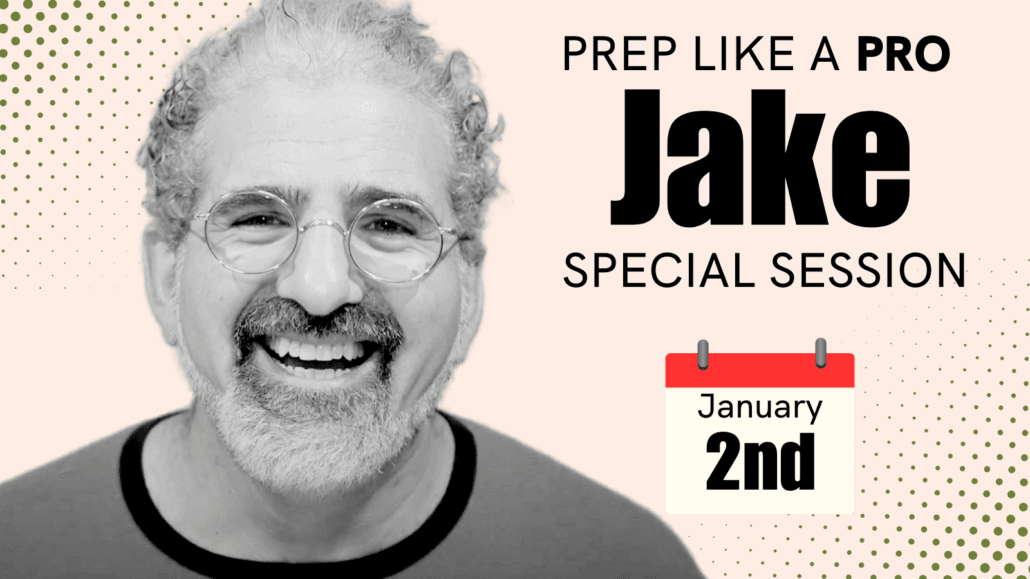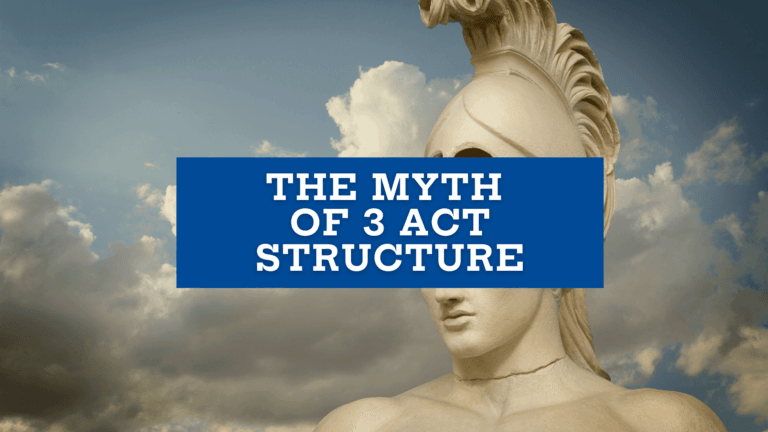[spb_text_block pb_margin_bottom=”no” pb_border_bottom=”no” width=”1/1″ el_position=”first last”]
From Little Miss Sunshine to Dead Poets Society: Writing a script with more than one main character.
This week, we’re going to be talking about a whole bunch of movies, but they all have one thing in common. They all have more than one main character.
There’s a lot of debate about the question of whether new screenwriters should write scripts with only one main character, or whether it’s okay for them to write scripts with multiple main characters.
There are even some famous gurus who say that “multiplot” structures are just plain bad and that nobody should ever write them.
It’s a good thing nobody ever gave Robert Altman that advice, (or at least if they did that he never took it) or we would have missed out on a whole chapter of film history!
We’d also have missed out on a lot of other hugely successful movies, The Squid & The Whale, Little Miss Sunshine, Crash, The Shawshank Redemption, The Usual Suspects, The Godfather, Dead Poets Society, American Beauty, True Detective and the entire library of Quentin Tarantino.
And at the same time, there are genuine risks when we break point-of-view and start telling a story from the point-of-view of multiple main characters.
So what do you need to know about writing a script with more than one main character?
In general, if you stay with your main character, very little bad can happen to you.
If you stay with one character, very little bad can happen to you because you just have to focus on creating the journey of that character. Which is a far more intuitive process for most writers– it feels more like our lives.
In my life, for example, I don’t know what my wonderful TV Writing teacher, Merridith, does when she goes home. I only know what she does here in front of me at the Studio. Unless I literally follow Merridith home, that part of her life will always be hidden from my view.
In my life, my experience of my relationship with Merridith happens only through my eyes. Only in what I get to see.
And so, when we follow only one character, what happens is it allows us to feel like we are watching the movie through their eyes. And this is natural for us structurally, in that we’re used to experiencing the story of our own lives in this way.
The other thing is that we end up with 95-105 pages that we get to dedicate only to one really specific journey. And that just allows us to dig deeper in one place, rather than digging shallowly in many places.
When we start following multiple main characters, our point-of-view starts to shift.
In narrative, they call it “omniscient point-of-view,” when suddenly we are sitting in the place of G-d, rather than sitting in the place of any single human being.
And this is not the way we’re used to experiencing our lives.
That doesn’t mean it can’t be a compelling experience. It can, especially if it connects to the theme of what you’re trying to write.
But if it’s happening for superficial reasons, rather than organic ones, there’s a good chance you’re going to run into trouble.
So, the real question is not if you should pull your audience, and yourself, out of the point-of-view of the main character, it’s why you are choosing to do so.
In less successful screenplays, we often get pulled out of the main storyline to follow another character so that the audience can learn a little bit of exposition.
In these cases, it’s often a manipulative technique by a writer who has not yet developed the craft to weave that exposition into the structure of her story.
If you’ve watched crappy action movies, you’ve seen this all the time. You’re following the main character, and then you suddenly pop out and follow the bad guy.
And the bad guy isn’t doing anything interesting, he’s just sitting there twirling his mustache, laying out his plan for the audience.
The writer’s goal when this happens is usually just to create a little more tension for the audience. But this approach usually does the opposite of creating more tension, because rather than allowing us to experience the twists and turns as the character experiences them, instead it lays all the writer’s cards on the table, and it reminds you that you are in a movie and not experiencing things like you do in your real world life.
In fact, this kind of sloppy exposition was famously skewered by Mel Brook’s in SpaceBalls. Rick Moranis has just made his dramatic entrance as Dark Helmet (“how can anybody breathe in this thing”) and then he and Captain Asshole lay out their whole plan to steal oxygen from planet Spaceball. And finally, Rick Moranis turns directly to the camera and asks the audience “Did you get all that?”
So if you are bumping around different points of view just to serve your audience, you are probably in danger.
At the same time some of the greatest movies of all time follow multiple points of view.
The Usual Suspects follows multiple points of view, not only in its 3 layers of storytelling, but also within each layer.
The Godfather is built primarily around Michael Corleone, but it also follows multiple points of view of Vito, Sonny, Fredo… even Luca Brazi!
Little Miss Sunshine is primarily built around Dad’s point-of-view, but also follows the multiple points of view of Olive, Grandpa, Mom, and Uncle Frank.
True Detective follows multiple points of view as it cuts between the Woody Harrelson and Matthew McConaughey characters.
Dead Poets Society follows multiple points of view, following each of the boys, the Robin Williams character, and the group as a whole.
So there is a long history of great movies and TV Series that follow multiple points-of-view.
Generally, when great movies follow multiple points-of-view, they are doing it for a couple of reasons.
Sometimes you are more interested in exploring a world than exploring a character. You want to drop into that world and you want to see that world from multiple characters’ points of view.
Sometimes you want to understand a conflict from multiple people’s point-of-view.
This is something I got obsessed with for years. I wanted to write two main characters on opposite sides of the same war.
For an example from a recent movie, in Dunkirk (you can listen to my Dunkirk podcast here) we change point-of-view a lot. Because Christopher Nolan is telling a story of a world— the world of Dunkirk– and he is telling a story about how different kinds of people relate to the same problem.
Sometimes you change point-of-view to explore a theme.
This is what Dead Poets Society does. Dead Poets Society bounces around with different characters, and each character is going through a journey in relation to the idea of “sucking the marrow out of life” versus “choking on the bone.”
And while some characters are sucking the marrow out of life, other characters are choking on the bone. And while some characters are choking on the bone, other characters are sucking the marrow out of life.
And the whole movie is just constructed as an exploration of different characters wrestling with that same problem. And in that case it is telling the story of The Dead Poets Society, not just of one dude.
Little Miss Sunshine is a movie in which every character is going to go on a journey in relation to winning. They are all losers, and they are all going to try to win, and they are all going to win but first they have to lose, they have to recognize that they are losers.
For an example of a movie in which changing point-of-view doesn’t work, let’s go back to the subject of last week’s podcast: Atomic Blonde.
As we discussed last week, Atomic Blonde is essentially a mash-up of… every movie we’ve ever seen.
It’s Quentin Tarantino meets The Usual Suspects, meets True Detective–Charlize Theron’s character is supposed to be doing the Keyser Söze thing– she is telling a story and there are all these other stories that are happening that may or may not be true, but you don’t really even understand what those stories are.
And then you have these weird shifts in point-of-view where suddenly the secondary character just starts talking to you as the audience.
And, at first, it seems kind of cool. “Oh what cool style–they are breaking the fourth wall and that is really cool.”
But then when you try to get to the big payoff it doesn’t pay off. Because you’re wondering, “Well what did she make up and what did she actually see?” It can’t all be a fabrication, because this guy was literally just talking to you. It wasn’t all from the main character’s point of view, even though she’s the one narrating the story.
So, one of the problems that you have when you start changing point-of-view is that you have to decide– if the story is being recounted by somebody else– how true do you want to be to their point-of-view?
Do you want to show things that they haven’t actually seen? Or are you willing to show things the way that they told themselves the story of it?
For example, in Forrest Gump we are 99% with Forrest, but for 1% of the movie we are following Jenny alone. And we are following Jenny alone because of the tug in Forrest’s heart around Jenny.
So what does all this mean?
When in doubt, tell the story of one character. If a piece of you tugs you towards another character, then write that character.
But don’t write that character to explain something to the audience. Write that character because, as you were writing your main character, something tugged at you and made you feel like you needed to go on a journey with this other character.
You can then start to “Yes… and” that impulse.
You can start to say, “Okay if I saw that scene from the point-of-view of this character, what other scenes do I see with this character?”
And eventually what will happen, if you just keep on “Yes… anding,” if you just keep on asking, “if this is true what else is true?” eventually you are going to understand what that character is doing in your movie.
Sometimes what you realize after following a second character for awhile is, “Oh! I just needed to understand where they are coming from,” and then you pull that character out of the movie and you tell the story of the main character with a richer fuller version of the secondary one.
Other times you realize that character is going to be a thread in your structure, or that that character represents a different variation on the same theme, in which case you might start to wonder, “Oh, is there another character that has another variation on that theme? And do I want to lay that thread in too?”
But this isn’t easy. And to understand why, you have to understand some numerical stuff. When you are writing multiple main characters every character you add makes the writing process exponentially more challenging.
And this is why most ensemble pieces– even though they have multiple main characters– most ensemble pieces still have one main character that they are primarily following, that they are building their structure around.
In Dead Poets Society we are primarily following Neil, and then, after his death, Todd. I, in Little Miss Sunshine we are primarily following Dad, in The Godfather we are primarily following Vito in the first half and Michael in the second half.
Usually these movies are built around one main character, so then the other pieces can weave around that main character’s journey, rather than trying to build around everyone equally, in which case it often just starts to feel like mush.
Even Crash is primarily built around the story of the director and his wife (who’s in the literal car crash at the center of the movie). So even though there are lots of other pieces, there really is one main character that forms a kind of spine for the film.
And then it becomes easier to think, “Okay if this character is relating to this theme in this way, how is this other character relating to the theme? And how is this other character relating to the theme? And then how is this other character relating to the theme?”
Then you can start to really understand what those characters are doing structurally in your movie.
You want to constantly be building pressure, because here is the really hard thing if you have two main characters…
If you have one main character, you get about 100 full pages to tell that story. To take that character on the journey of a lifetime that changes them forever.
But if you add two main characters, what is going to happen is that now you are really only getting 50 pages per character!
Maybe there is some overlap where they are in the same scenes together, so maybe you have 75 pages. But you basically just cut the number of pages that you have to tell the same tremendous journey by 25%. Even as your structure become more complicated!
If you make it 3 main characters, you now have about 33 pages– so maybe it is about 50 pages with all the overlap per character.
So now you just cut the number of pages you have to tell each thread of the story in half.
And that is only three main characters, if you have five, you have 20 pages which means you maybe have 30 pages with the overlap, which means you just cut the number of pages that you have to tell the character’s journey by about 70%!
And this is why, if you are writing multiple main characters, you have to get so darn efficient. It is almost more like short film writing than it is like feature film writing.
The scenes just have to happen like BANG! You have to get in, get out, because you don’t have enough pages to sit in those scenes.
Every scene needs to be super, super efficient.
This is why Suicide Squad sucked, they just had so many freaking characters they couldn’t serve all of them.
And so that is the first challenge with writing multiple main characters.
The second challenge is a structural one.
When you have one character, you are only telling one story: you are telling a story of one character’s change from A to Z , so you only have to build one structure.
When you have two main characters, you aren’t just telling two stories, you are actually telling three.
So you actually have to build three levels of structure. You have to build the structure of Character One’s story. And then you have to build the structure of Character Two’s story. And then you have to build a third structure: the story of Character One and Two together! How do these two pieces together make a structure?
So what ends up happening is you have way, way, way more work to do! And it is exponentially harder, because you have fewer pages and you have to build more structure.
So what is the benefit of telling a multiple main character story?
Well there are some stories that just demand it. If you are writing for TV, it is pretty necessary to do it. There are a couple of TV shows that break the rule of follow only one main character, but it is really helpful in television to have multiple main characters, because you want to generate storylines forever. So it is helpful to have all these different storylines to weave.
But one of the reasons that works is that the format of television goes on forever. So you have unlimited pages to tell those stories.
And, in television, the characters tend, if they arc at all– and oftentimes they don’t arc– but if they arc at all, they are going to arc over a really long period of time.
So you have a lot of time to devote to them even though they might not get so many pages per episode.
If you think of a show like Modern Family, that is a lot of characters, right? They’ve got three households full of characters. A lot of characters to juggle.
But they actually use the same model that we are talking about here to make order out of all that chaos.
In the cold open, we basically introduce a theme in one house.
And then what we watch is that theme echo through the other two houses.
And then we start to crash characters from the different houses up against each other in relation to the theme.
They all do the same thing every time. They all play the same role in relation to each other. They all have the same kinds of problems and arguments, and Ed O’Neill is always going to do the most insensitive thing possible but is always going to make it right at the end.
And each of the characters is going to go on a journey in relation to the theme.
And so what ends up happening is even though you have a dozen characters that you are serving, we end up feeling like we have a really integrated story, because we are exploring the world of these three families and we are exploring the theme of the episode which ties all these families together.
But there can also be a huge functional value in telling the story of so many characters, whether it’s in a feature film or on TV.
When you really are trying to do something structurally challenging, sometimes serving your theme requires you to break those traditional expectations of films.
Dunkirk could never work if we just followed one character because the “What is it about?” wouldn’t match up. The movie is about feeling the war wash over you. And we couldn’t achieve that feeling without stepping into those many points of view.
At the end of the day, all this stuff that I am talking about is scary…
You start to wonder how the hell are you going to do it? “I’ve only got thirty pages to tell this whole character’s journey, I’ve got to build three levels of structure…” And pretty soon you’re wondering if you actually have what it takes…
Because none of us are really smart enough to do this intellectually!
And that is why I say if you are going to do it, in the early drafts, you can’t plan it. You need to do it instinctively.
You need to feel that tug in you, and at the moment you feel that tug, you write the other character. And you don’t stop writing the other character until you feel the tug back.
You need to make sure the tug is an emotional tug, not an intellectual tug. You have to feel it.
If it is like, “I want the audience to know this now,” or “I want to set this up for the audience,” you are probably in trouble.
If you are like, “I don’t know why, but right now I want to follow Jenny,” you are probably not in trouble; you are probably doing the right thing.
[/spb_text_block]



